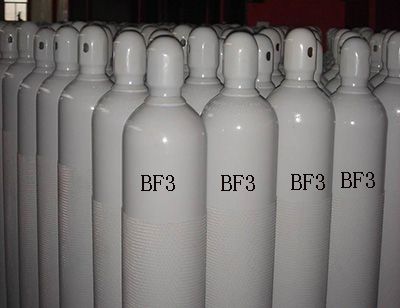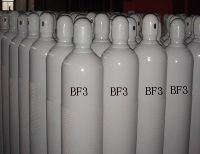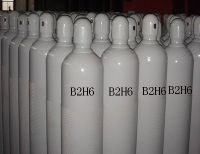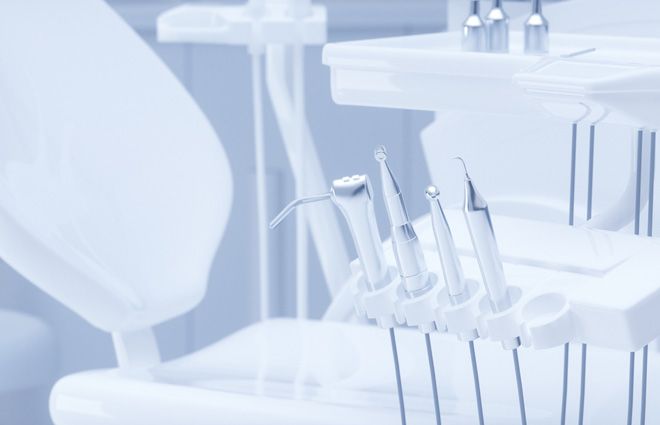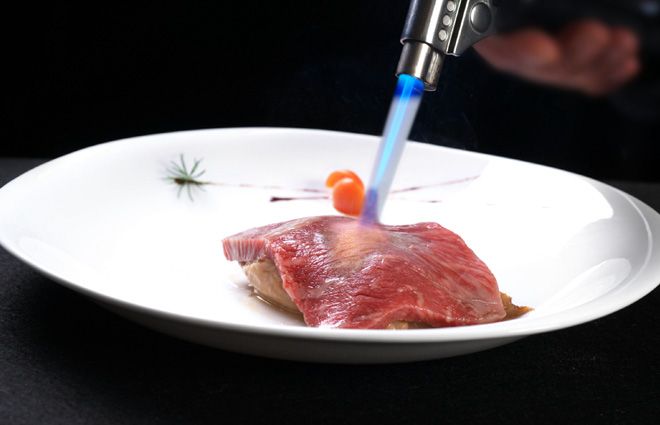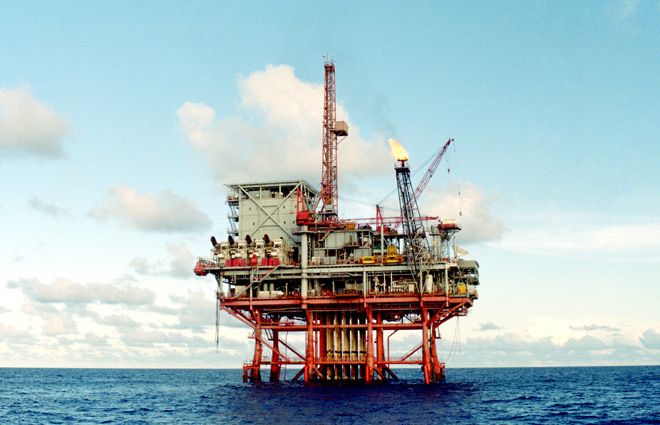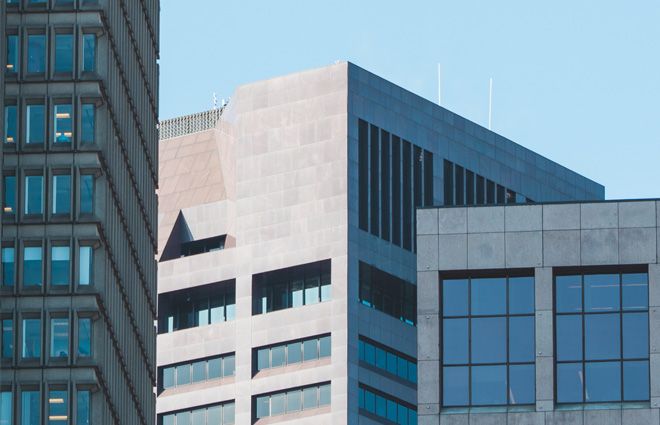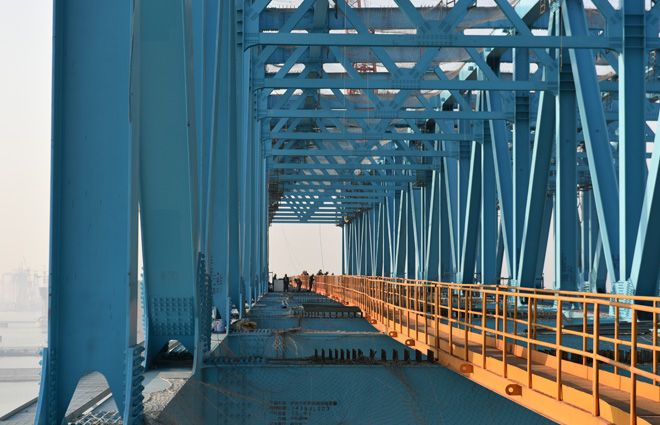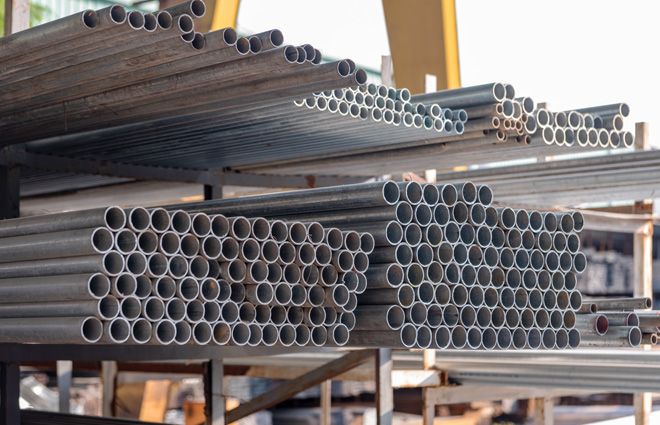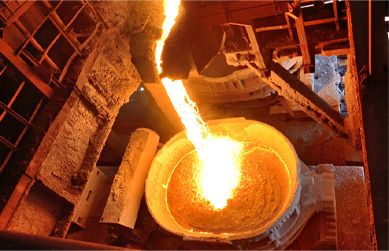Boron trifluoride
Content introduction
1、 Product introduction
Boron trifluoride (BF3) is a colorless gas with pungent smell under normal temperature. It is highly toxic, cannot be burned, nor can it support combustion. It is 1.3 times heavier than air,
Mixed with wet air to produce white smoke. Very reactive, explosive decomposition occurs when encountering water, and violent reaction occurs with metals, organic substances, etc. at room temperature
It can corrode glass, while the wet boron trifluoride has strong corrosivity.
Chinese name: boron trifluoride | Molecular formula:BF3 |
English name:boron trifluoride | Relative molecular weight:67.81 |
CAS No:7637-07-2 | Hazard class: Class 2.3 |
UN No:1008 | Solubility: soluble in organic solvents |
melting point: -128℃ | boiling point:-101℃ |
critical temperature :-12.25℃ | Liquid density:1589kg/m3 |
critical pressure:4.98MPa | Relative density (air=1):2.37 |
2、 Application of boron trifluoride
It can be used as a catalyst in organic synthesis, as a raw material for the synthesis of organic boride, as well as in nuclear technology and optical fiber. In the electronic industry
It is mainly used as P-type dopant and plasma etching gas. BF3 and compounds are used as curing agents in epoxy resin. It is also used as a lubricant for cast steel.
3、 Precautions
Boron trifluoride (BF3) is toxic. The main symptoms of acute poisoning include dry cough, shortness of breath, chest tightness, and chest urgency; Some patients have nausea
Loss of appetite and salivation; When inhaled in large quantities, there may be tremors and convulsions, and pneumonia may also be caused. Skin contact may cause burns. Bottled gas products are high pressure
When filling gas, it can only be used after decompression. When each bottle of gas is used to exhaust gas, the residual pressure in the bottle shall be kept at 0.3MPa, which shall not be less than 0.2MPa. The bottle valve shall be closed to ensure the gas quality and use safety. Bottled gas products are transported, stored and used
It shall be stacked by category. Combustible gas and combustion supporting gas shall not be stacked together. It shall not be close to open fire and heat source. It shall not be exposed to the sun, thrown again, hit, baked by open fire, or loaded or unloaded roughly. There is a cylinder inspection time on the bottle neck of the cylinder, and the unqualified cylinder shall be entrusted with special gas from Philips
It shall be inspected by a qualified pressure vessel inspection organization. It is strictly prohibited to use expired cylinders.
4、 Leakage emergency treatment
Evacuate the personnel in the contaminated area quickly, isolate them for 150 meters, and strictly enter and exit. It is recommended that emergency treatment personnel wear self-contained positive pressure
Type respirator, wear protective clothing. Cut off the source of leakage as much as possible. Provide reasonable ventilation to accelerate diffusion. Dilute and dissolve with spray water. Build dikes or dig pits
Collect a large amount of wastewater generated. If possible, the residual gas or leaked gas shall be sent to the water washing tower or the fume hood connected to the tower with an exhaust fan. Air leakage capacity
The device shall be properly treated and reused after repair and inspection.
5、 First aid measures
Skin contact: Take off the contaminated clothes immediately and wash with plenty of flowing water. Get medical attention.
Eye contact: immediately lift the eyelids and wash them thoroughly with a large amount of flowing water or normal saline for at least 15 minutes. Get medical attention.
Inhalation: quickly leave the site to a place with fresh air. Keep the respiratory tract unobstructed. If breathing is difficult, give oxygen. Immediately if breathing stops
Artificial respiration. Get medical attention.
Fire extinguishing method: the product is incombustible. Firefighters must wear full body fire and gas protective clothing. Cut off the air supply. Spray water to cool the container, if possible
Move from the fire site to an open place. Extinguishing agent: dry powder, carbon dioxide.




